There's power in your pipes. Water flows out of the tap for a reason - it's seeking a lower energy state. Unless it just dribbles, there's more energy than you need to get the water out. What happens to that energy? The water splashing around in the sink or toilet tank gets a little warmer - a total waste. I'd like to make a power-scavenging module to harvest some of that energy to make it available for low-power devices.
Some possible applications of this module include powering:
- Wireless thermometers/thermostats
- Nano-power lighting for nighttime bathroom trips
- Low-power IoT nodes, such as frozen-pipe sensors
These devices could be placed anywhere there is running water, such as:
- Under sinks
- Behind toilet tanks
- At outside hose bibbs
The generator and turbine for this project are available commercially, for example on ebay.
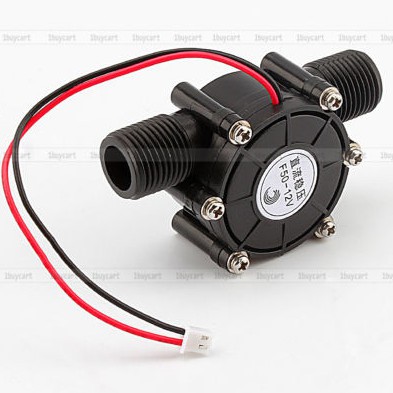
The specs say that the generator will start running at 0.05 Mpa. Common household water pressure is between 0.25 and 0.5 Mpa, so it should have no problem spinning the thing up. Since the water flow will be intermittent (like whenever filling the tank after a toilet flush), the controller will need to store the generated power for later use by the end system.
I envision a two-stage power storage system. Since the generator will create short bursts of relatively high power, a storage device with a high power density is needed. Supercapacitors have a high power density, so can quickly store the energy bursts, but unfortunately are plagued with high self-discharge. To avoid losing energy to self-discharge in the caps, the controller will then charge secondary storage batteries. These batteries are much better suited to long-term storage than capacitors. In the unlikely event of a long period of disuse, the controller can use a primary lithium backup battery to power the device.
The goal is to build a power module that can be used for various applications. The interface will include the power rail, enable/shutdown control, and a power status/state-of-charge indicator. The powered system can use all or none of these interfaces as required.
The idea of using running water for power generation is hardly an original one. The first hydroelectric generator was installed in 1878 (Wikipedia). More recently some municipalities have started generating power from their gravity-fed water supplies. Closer to home, @Vije Miller created a shower-generator for charging batteries for the coin cell challenge: #Coin Cell Challenge (1) Shower Battery Charger.
 Ted Yapo
Ted Yapo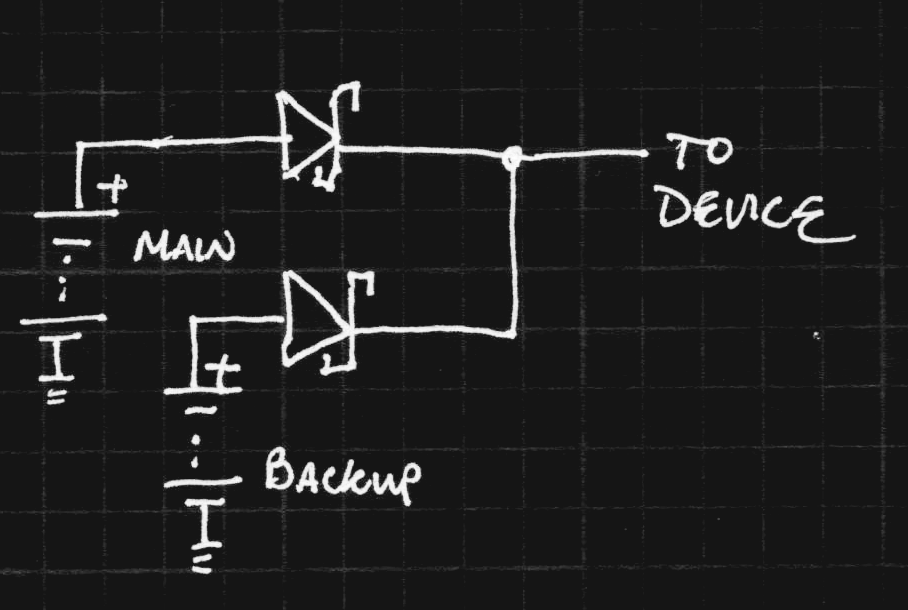
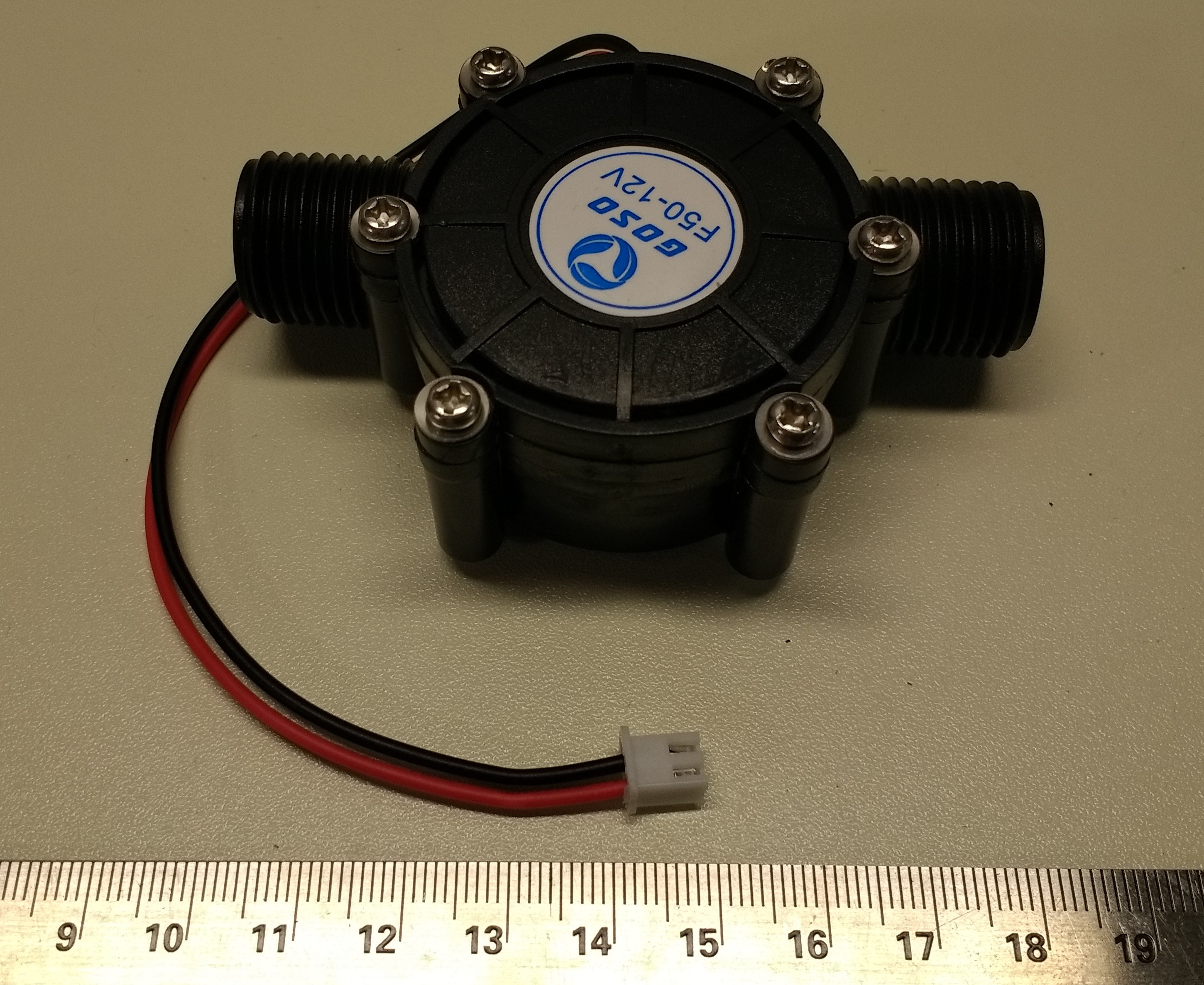
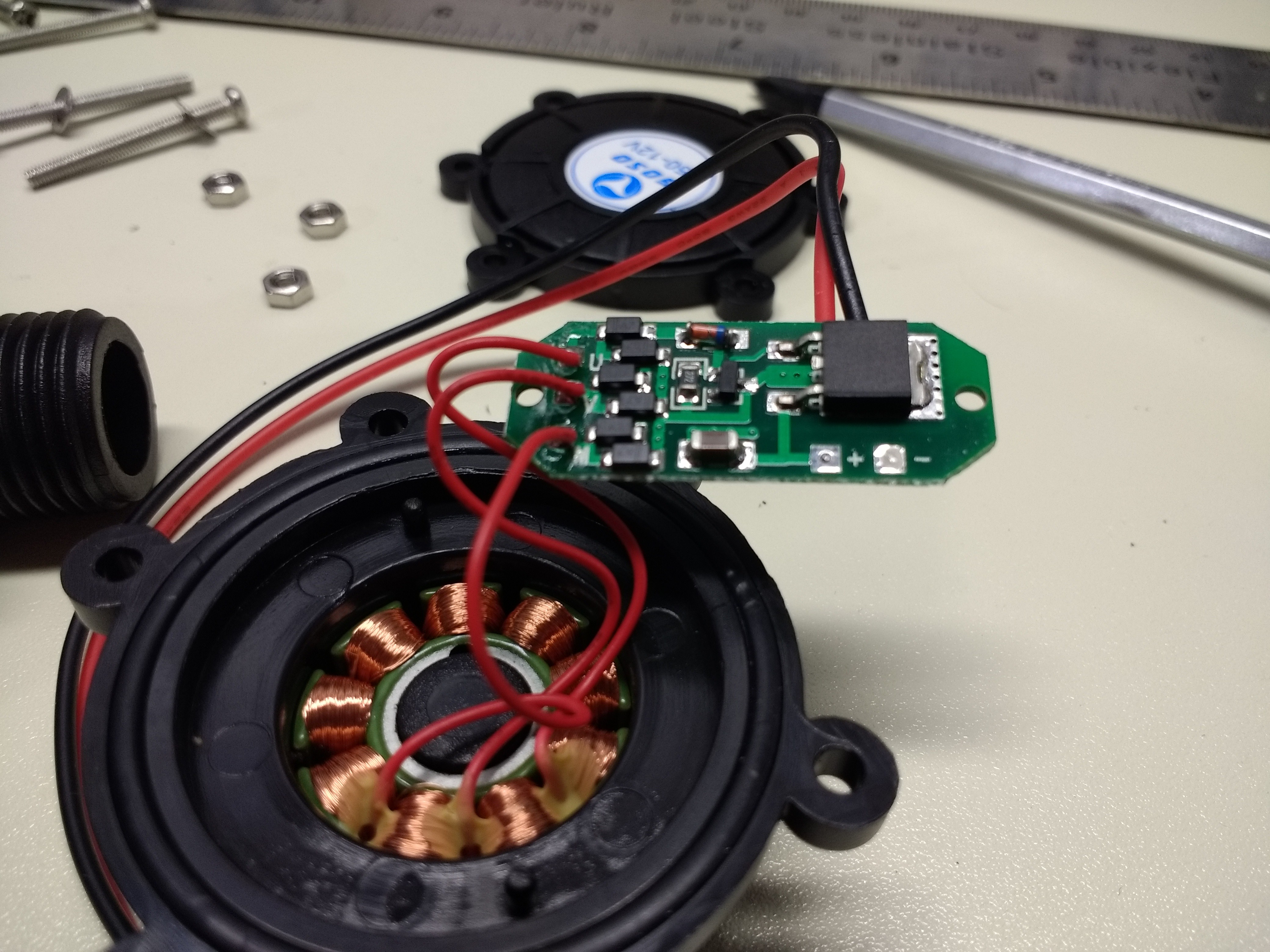
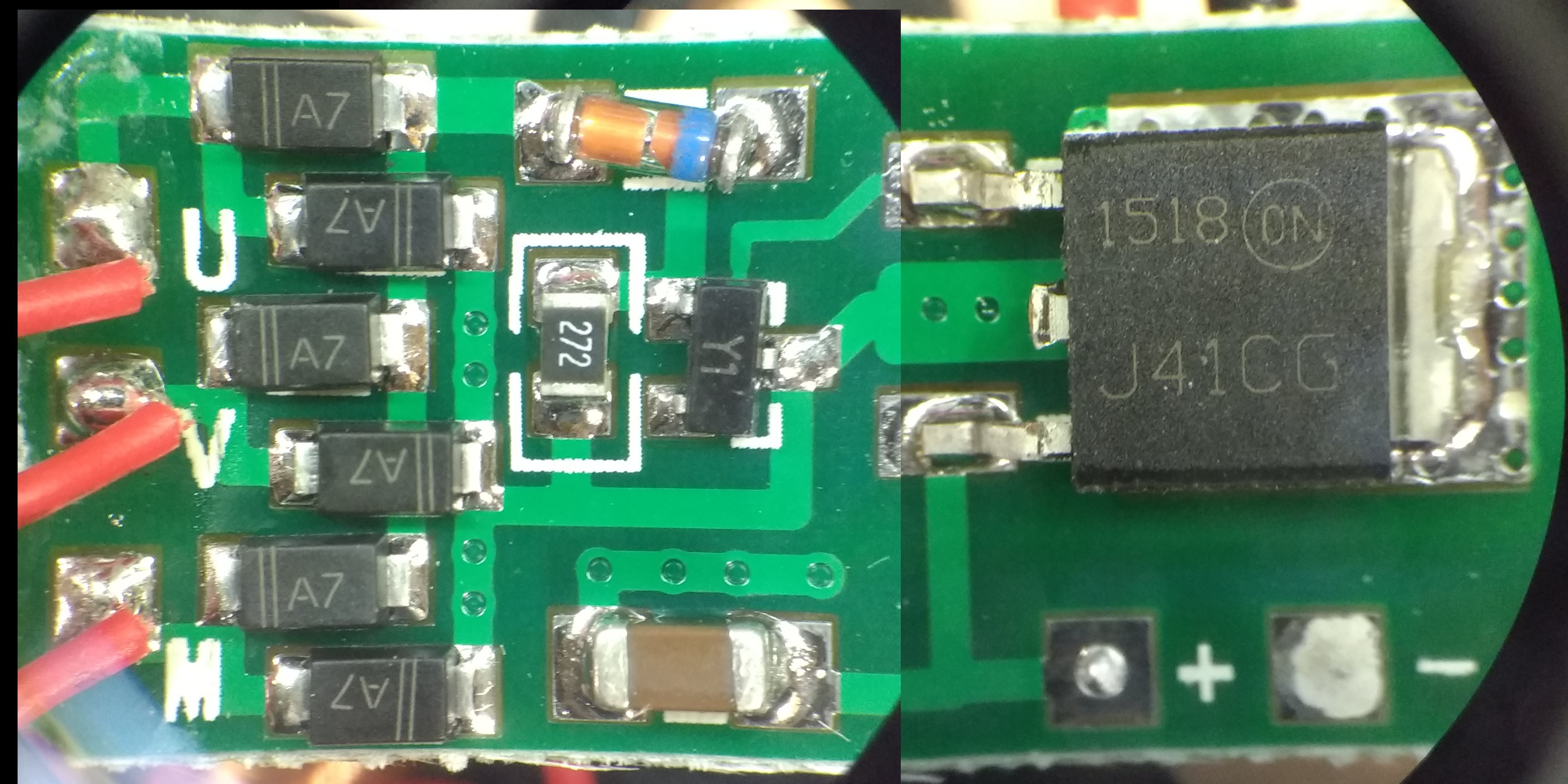
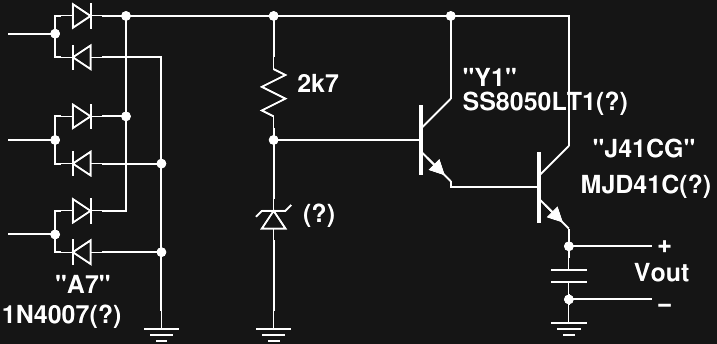
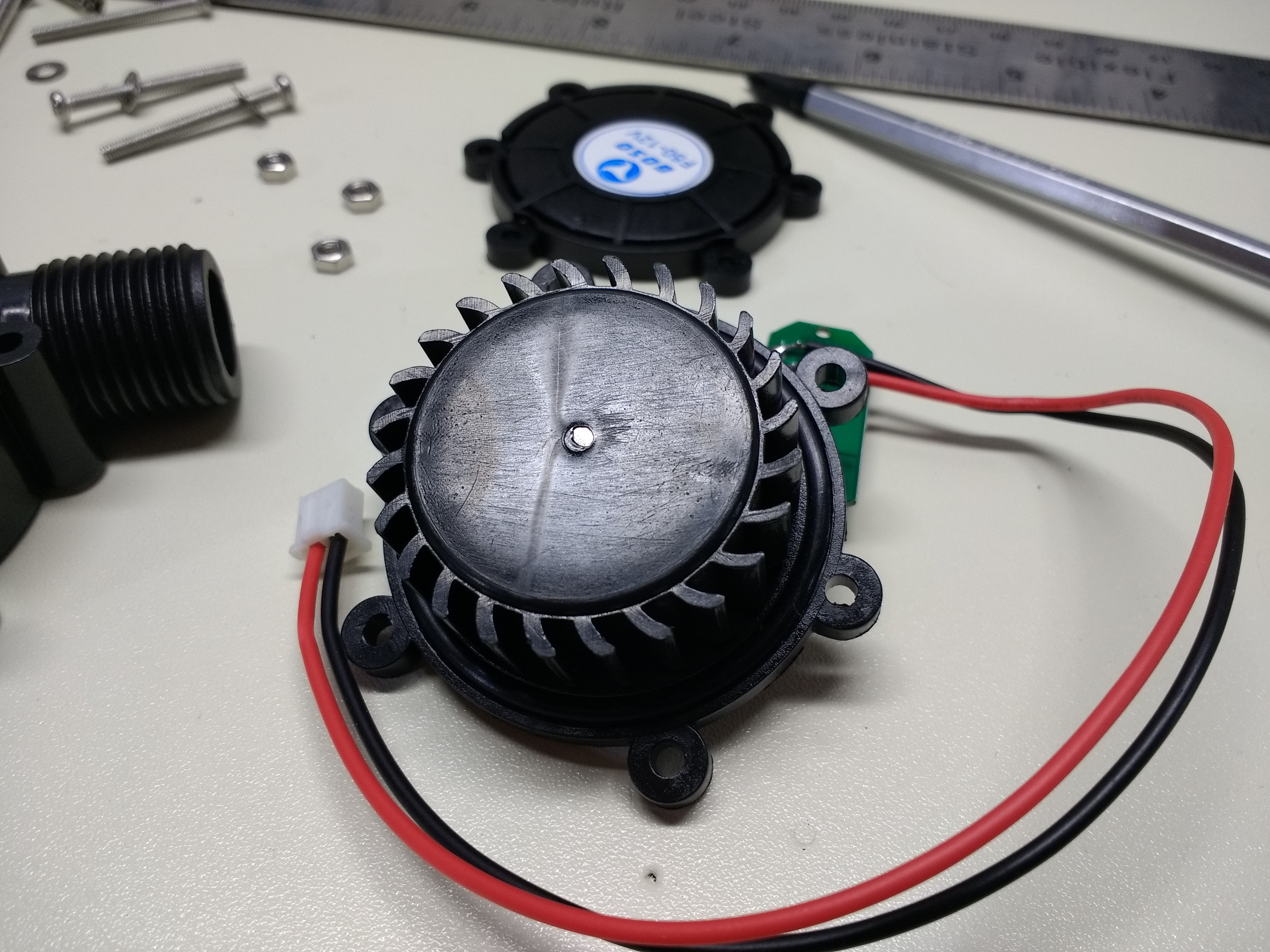



I was going to put it in a braided flex line for now. The line already has some crazy curve to it.